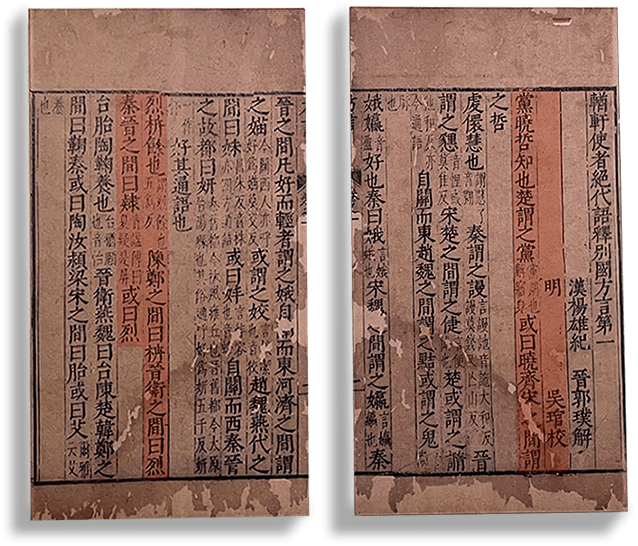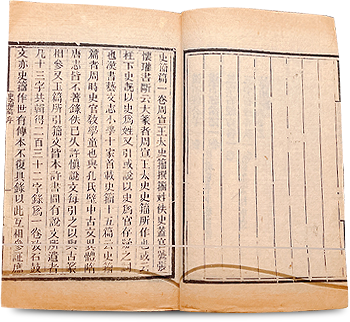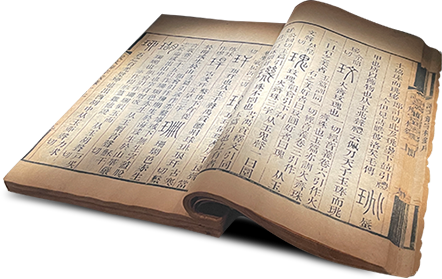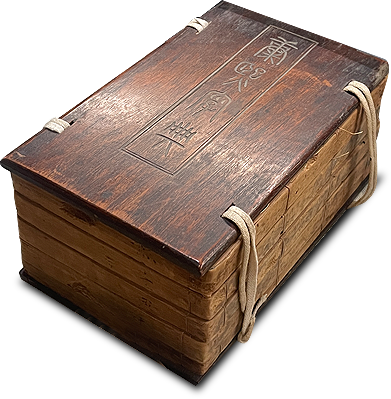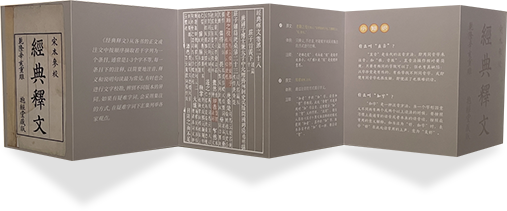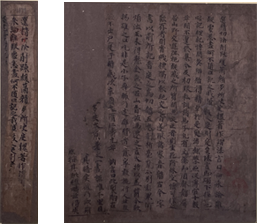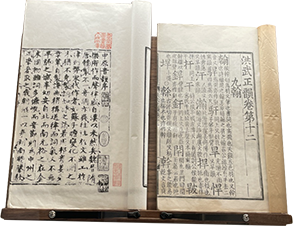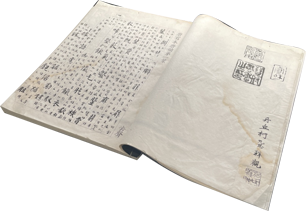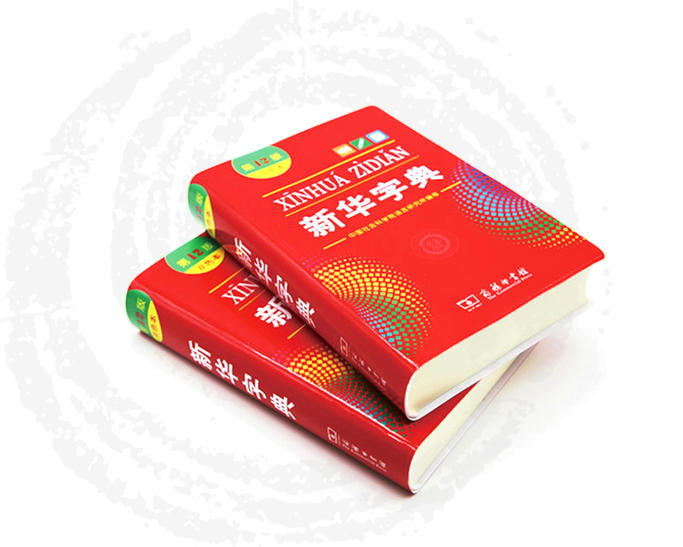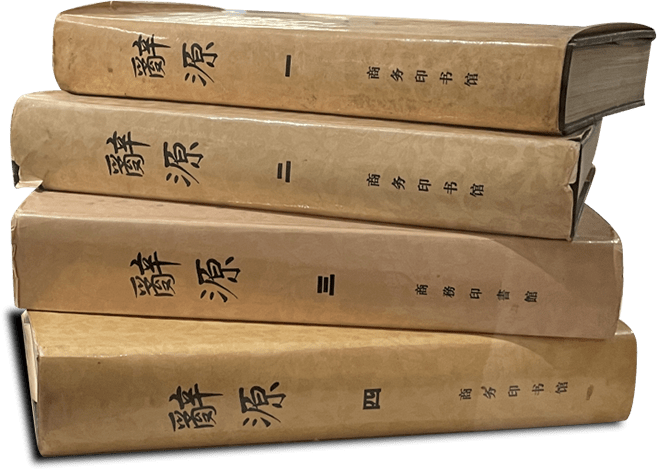○ Erya
“Erya”, or “Approach to Correct Expressions” , said to be compiled by scholars from the Warring States period to the Qin and Han dynasties, is the first dictionary in China arranged according to semantic categories, pioneering dictionary compilation of this kind. “Er” means “near”, “Ya” means “correct”, here specifically referring to correct expression. “Erya” means to use elegant and correct language to explain ancient Chinese words and dialects. Erya pioneered the method of classifying and interpreting words based by content, featuring over 4300 words and phrases and akin to an encyclopedic dictionary. Highly esteemed in history, it was included in the classics when the Kaicheng Stone Classics(12 Confucian classics that were incised into stone tablets) were engraved, during the reign of Emperor Wenzong of Tang Dynasty. It’s considered a core component of traditional Chinese literature.
